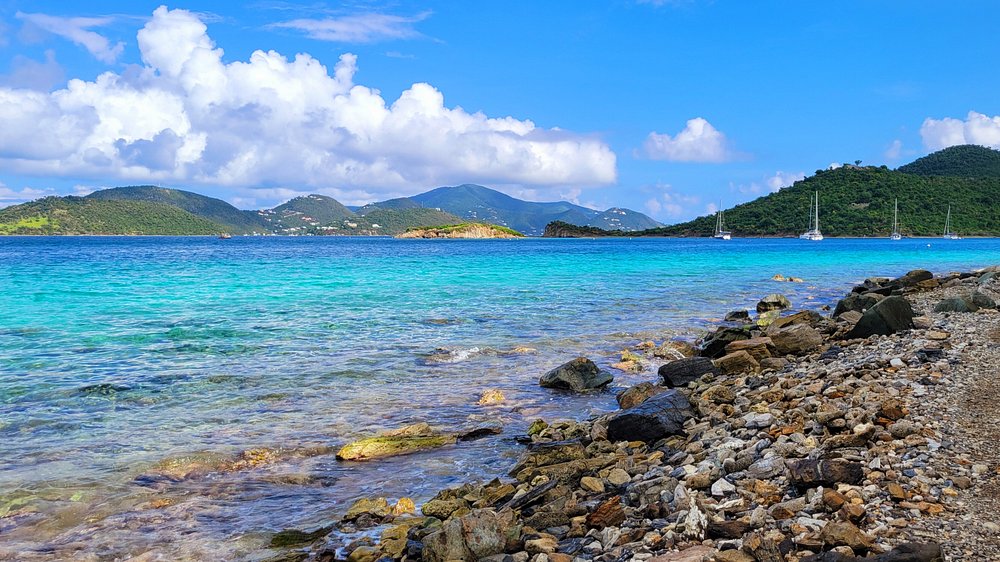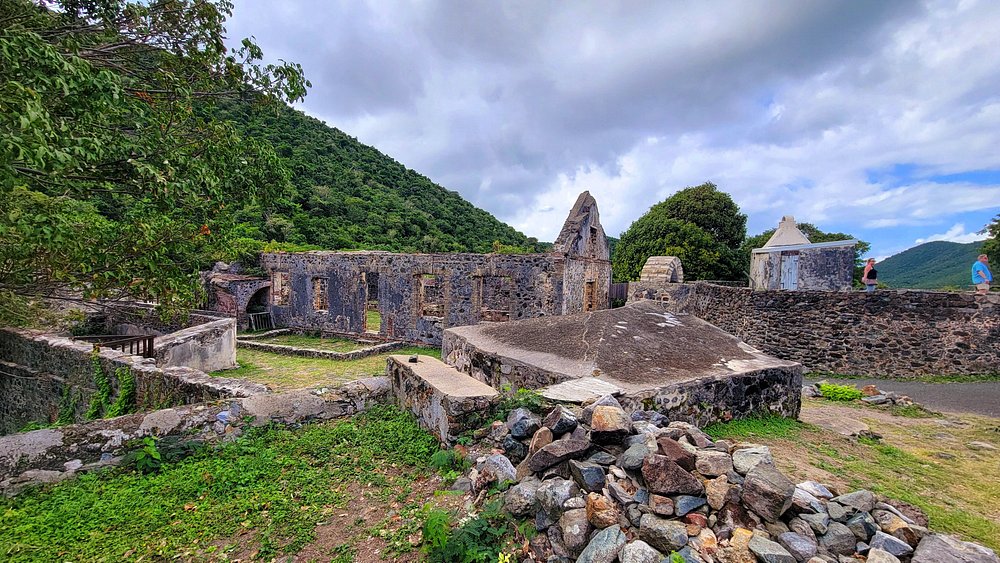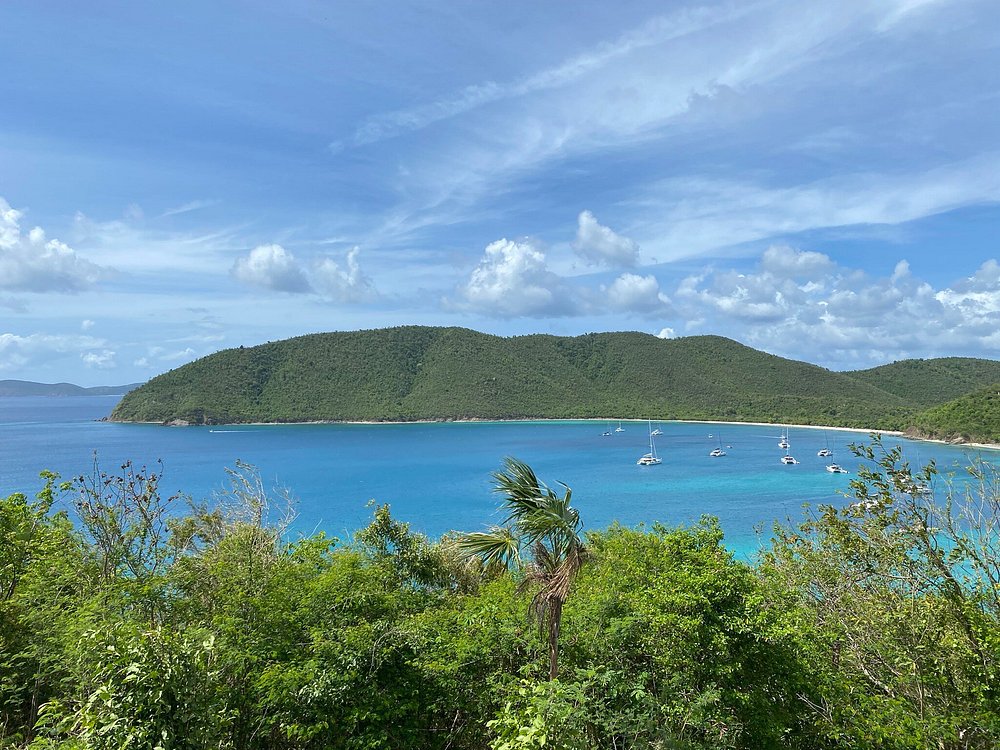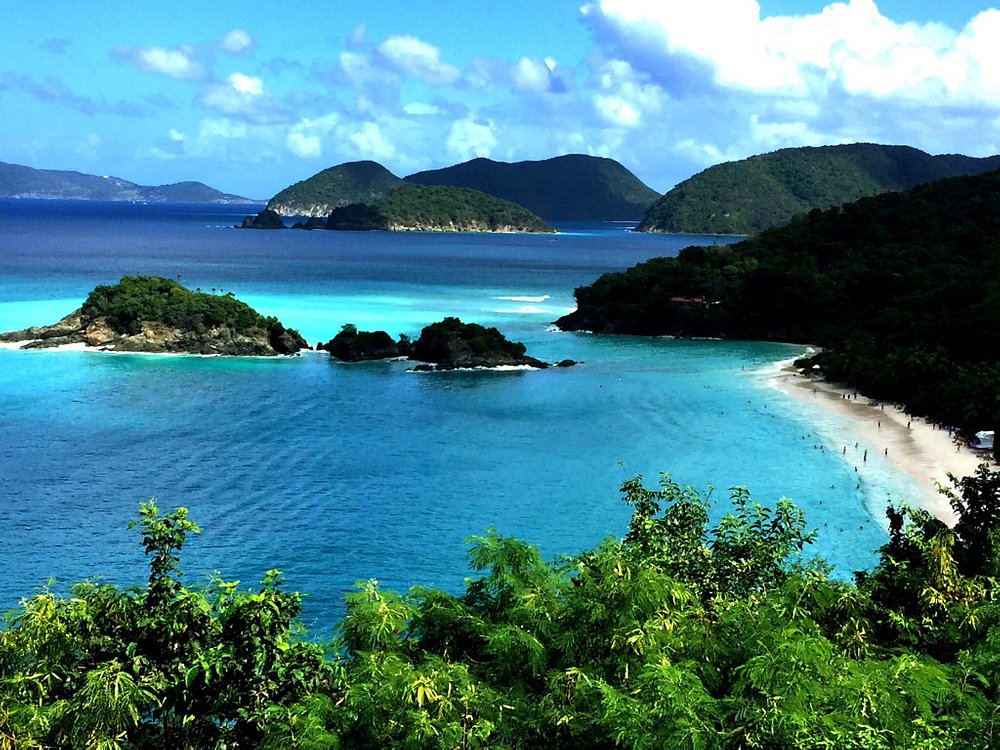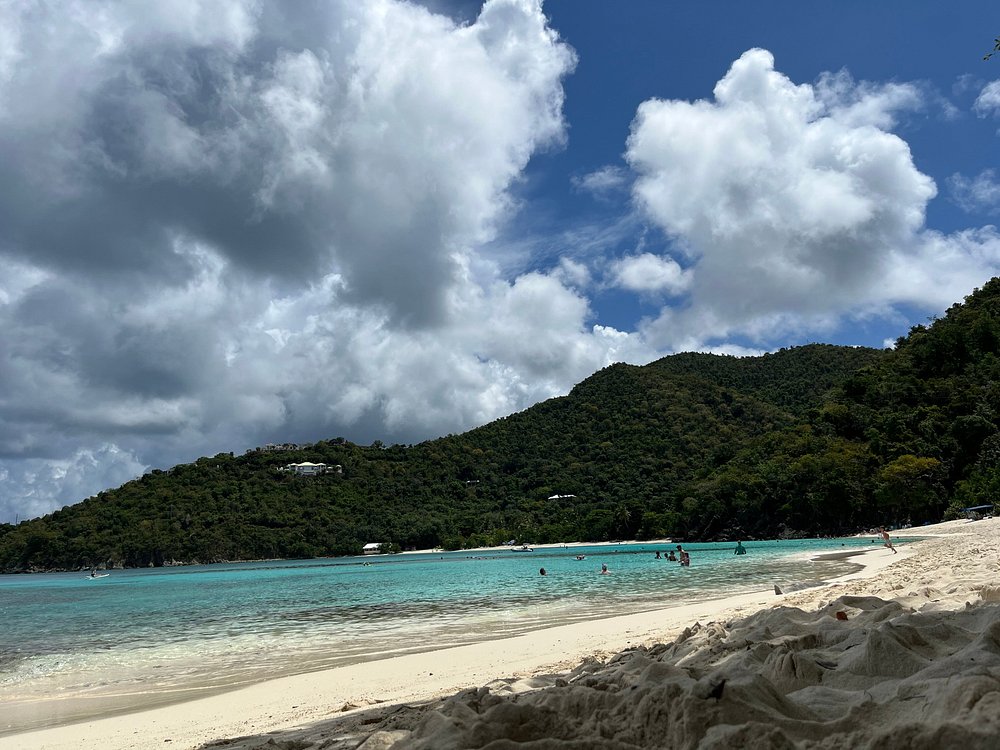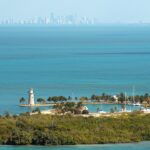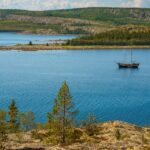Quick Bits:
Virgin Islands National Park is a Caribbean gem located on the island of Saint John. Known for its untouched beauty, it offers breathtaking landscapes, diverse ecosystems, and a wealth of cultural history. The park covers over 60% of Saint John and features white sand beaches, verdant forests, and coral reefs teeming with marine life. Travelers seeking adventure, relaxation, or a glimpse into history will find this park an ideal destination.
Key Highlights
- Location: Saint John, U.S. Virgin Islands
- Famous for: Pristine beaches, lush hiking trails, historical ruins, and vibrant coral reefs
- Activities: Snorkeling, hiking, wildlife observation, and exploring historical landmarks
- Best time to visit: December to April for ideal weather
General Information
Virgin Islands National Park was established in 1956 and spans approximately 7,259 acres on land and 5,650 acres underwater. The park is managed by the U.S. National Park Service and attracts hundreds of thousands of visitors annually. Entry is affordable, with a minimal fee granting access to facilities and trails. A visitor center in Cruz Bay serves as a starting point for most explorations.
Geography Information
The park is situated on the island of Saint John, part of the U.S. Virgin Islands. Rugged hills covered with tropical forests dominate the landscape, descending into bays bordered by pristine beaches. Coral reefs fringe the coast, making it a haven for marine biodiversity. The park’s location in the Caribbean ensures warm weather throughout the year, though the terrain’s varied elevation offers diverse microclimates.
Places to Visit
1. Trunk Bay
Famous for its underwater snorkeling trail, Trunk Bay offers a unique way to explore marine life. The beach is consistently ranked among the best in the world.
2. Annaberg Plantation
These historic sugar mill ruins provide insight into the island’s colonial and slave history. Visitors can learn about traditional methods of sugar production.
3. Cinnamon Bay
Known for its camping facilities and watersports, Cinnamon Bay is a favorite spot for adventure seekers and beach lovers alike.
4. Reef Bay Trail
This hiking trail leads visitors through tropical forests to petroglyphs left by the Taino people and the ruins of a sugar plantation.
5. Coral Reef Ecosystems
Snorkeling or diving in areas like Hawksnest Bay or Leinster Bay reveals vibrant coral formations and diverse marine life.
Yearly Climate
Virgin Islands National Park enjoys a tropical climate with warm temperatures year-round. Daytime highs typically range from 77°F to 88°F.
- Rainy Season: May to November, with brief tropical showers
- Dry Season: December to April, offering sunny skies and lower humidity
- Hurricane Season: June to November, with the peak in September
Visitors during the dry season enjoy the most predictable weather, ideal for outdoor activities.
Best Time of Year to Visit
The best months to visit are between December and April. This period offers pleasant weather with minimal rain, perfect for beach outings and hiking. It’s also the high season, so booking accommodations early is recommended. For budget travelers, visiting during the shoulder months of May or November provides a good mix of favorable weather and fewer crowds.
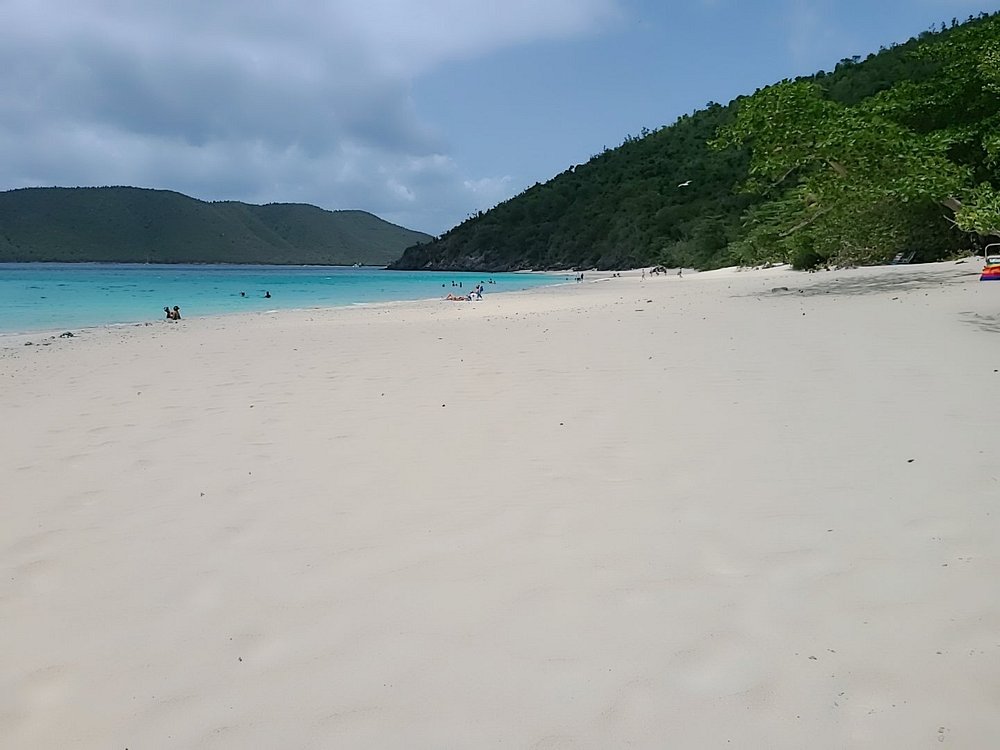
In Summary…
Virgin Islands National Park is a treasure trove of natural beauty, cultural history, and outdoor adventures. Whether you want to lounge on a world-class beach, hike through tropical forests, or delve into the island’s rich past, this park has something for everyone. Its year-round appeal makes it a must-visit destination for travelers seeking an escape to paradise.

